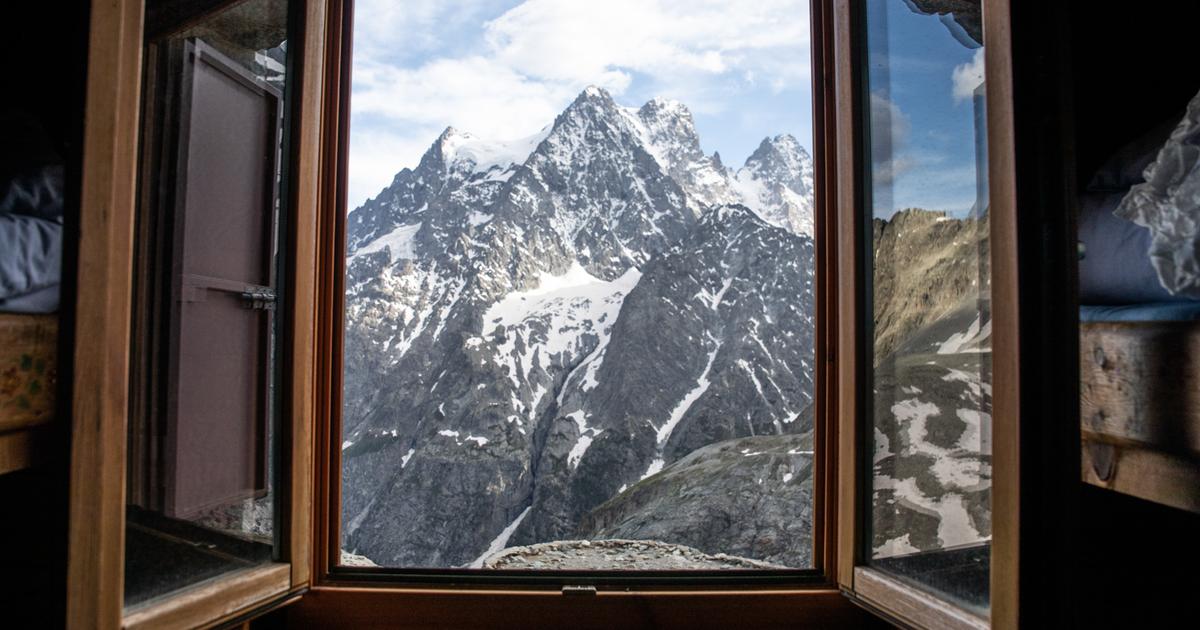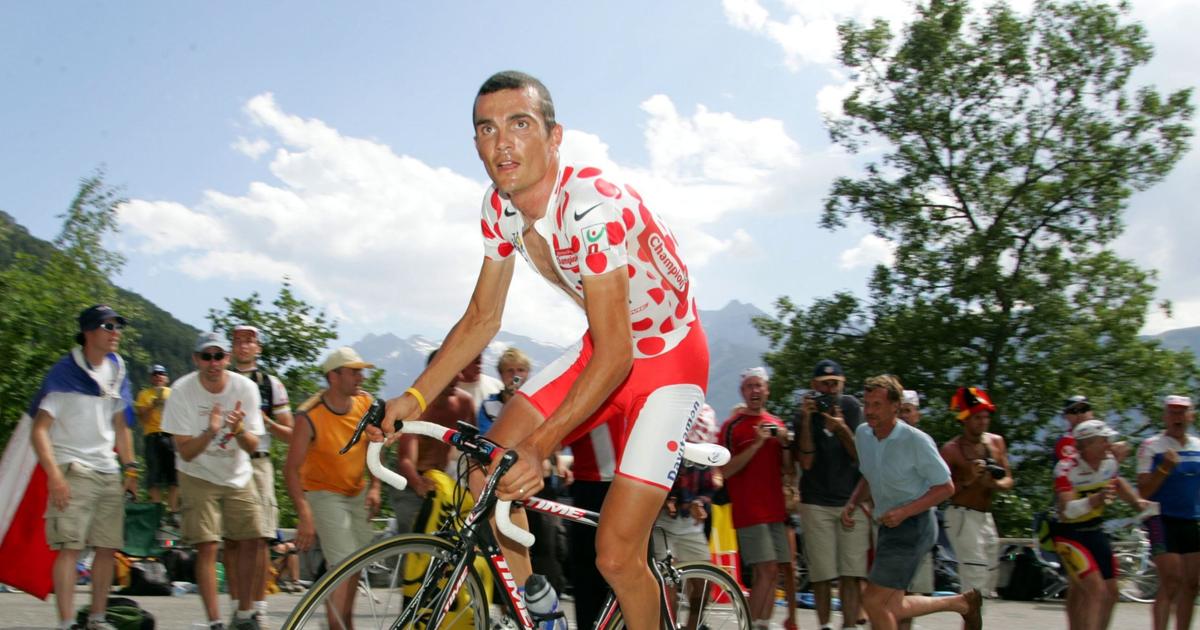Tired, with a headache and a cough, away from his wife and his advisers, French President Emmanuel Macron has spent three days isolated in La Lanterne, an 18th-century mansion 25 kilometers from Paris.
And he will spend one more days in the rooms where they lived, suffered and loved from members of the court of Versailles to his immediate predecessors, Nicolas Sarkozy and François Hollande.
After testing positive for covid-19 on Thursday, Macron decided to take refuge in this presidential residence full of memories and ghosts from the past.
“In this house there are many spirits: all convulsions in history inhabit it.
He has known the monarchy, the restoration, De Gaulle.
It is an incarnation of the successive strata of French history concentrated in 200 square meters, and intact, ”says
Paris Match
reporter
Émilie Lanez, author of
La garçonnière de la République
, a book about La Lanterne, symbolic epicenter, and little known, of the French power.
Macron's illness has exposed La Lanterne's existence, as it had not since the president came to power in 2017.
The mansion, sheltered at one end of the park of the castle of Versailles, was built on land that Louis XIV granted to the Prince de Poix, governor and captain of the hunts, parks and buildings of Versailles and Marly.
He didn't have much time to enjoy it.
First, because it had the royal zoo as a neighbor in a semi-abandoned state.
The screams of the beasts and the pestilence made life in La Lanterne a nightmare.
And on top of it came the Revolution.
“The animals (...) lost their chains at the same time as the people.
Elephants, camels, ostriches, butterflies were scattered throughout the park ”, many years later the tenant who would leave a deeper mark on La Lanterne, the writer André Malraux, would write.
"After the fall of Napoleon, the castle housed a multitude of poor emigrants, who wandered through the park that had become almost wild."
It would take many years for the building to be put to official use and, from the 1970s onwards, to be assigned to prime ministers.
In 2007, just after winning the presidential elections, Sarkozy claimed it for his own use, as a secondary residence: a place of rest but also an occasional weekend seat of government.
"La Lanterne is the only place of presidential intimacy, since our presidents of the Republic, in any case the most recent, do not have a personal address," explains Lanez.
“It is a place that, at the same time, allows to exercise power in its technical and security modalities: invisible and hidden from view.
But also in its symbolic modalities, since it is a hunting lodge located in the park of the castle of Versailles.
In other words, in the heart of the French monarchy in all that it has had of the most splendid and magnificent ”.
The stories that Lanez tells in
La garçonnière de la République
would make for sitcoms and some tragedy.
There Sarkozy tried to retain his wife, Cécilia Ciganer-Albéniz, who wanted to separate from him.
And there he celebrated, some time later, his marriage to Carla Bruni.
"Come,
love
, come," the president said to his wife, inviting her to participate in meetings with his collaborators in the palace hall, without knowing that one of them, Patrick Buisson, secretly recorded the conversations.
At La Lanterne, Hollande celebrated New Year's Eve 2013 with her partner, journalist Valérie Trierweiller, days before the press published her photos of her trip to an apartment to meet Julie Gayet, her current partner.
The Macrons, in this sense, are a very conventional marriage.
And a regular at La Lanterne, where they spend weekends with Brigitte Macron's children and grandchildren far from the claustrophobic Elysee Palace, in central Paris.
"I continue to manage current affairs in liaison with the prime minister, the government and my teams," he said on Friday in a video recorded in his office in La Lanterne, transformed into a makeshift Elysee.
Macron, who before wanting to be a politician dreamed of being a writer, may have reread the pages that Malraux dedicated to this "tiny castle, because lantern, in architecture, is applied to rooms illuminated from both sides."
His health is "stable," said Dr. Jean-Christophe Perrochon, chief physician of the Presidency of the Republic, in a statement on Saturday.
Malraux, author of
The Human Condition
, committed to the Republic in the Civil War and Minister of Culture to General de Gaulle, lived in the house between 1962 and 1969. He fell in love with it, furnished and decorated it, but it was also the setting of her depression following the death of her two children in a car accident.
And all this, in the midst of the decay of his marriage to Madeleine, his brother's widow.
“It is a house that leaves a strong and lasting mark,” summarizes Émilie Lanez.
"When Alain, André Malraux's adopted son, talks about La Lanterne today, his voice still shakes."









